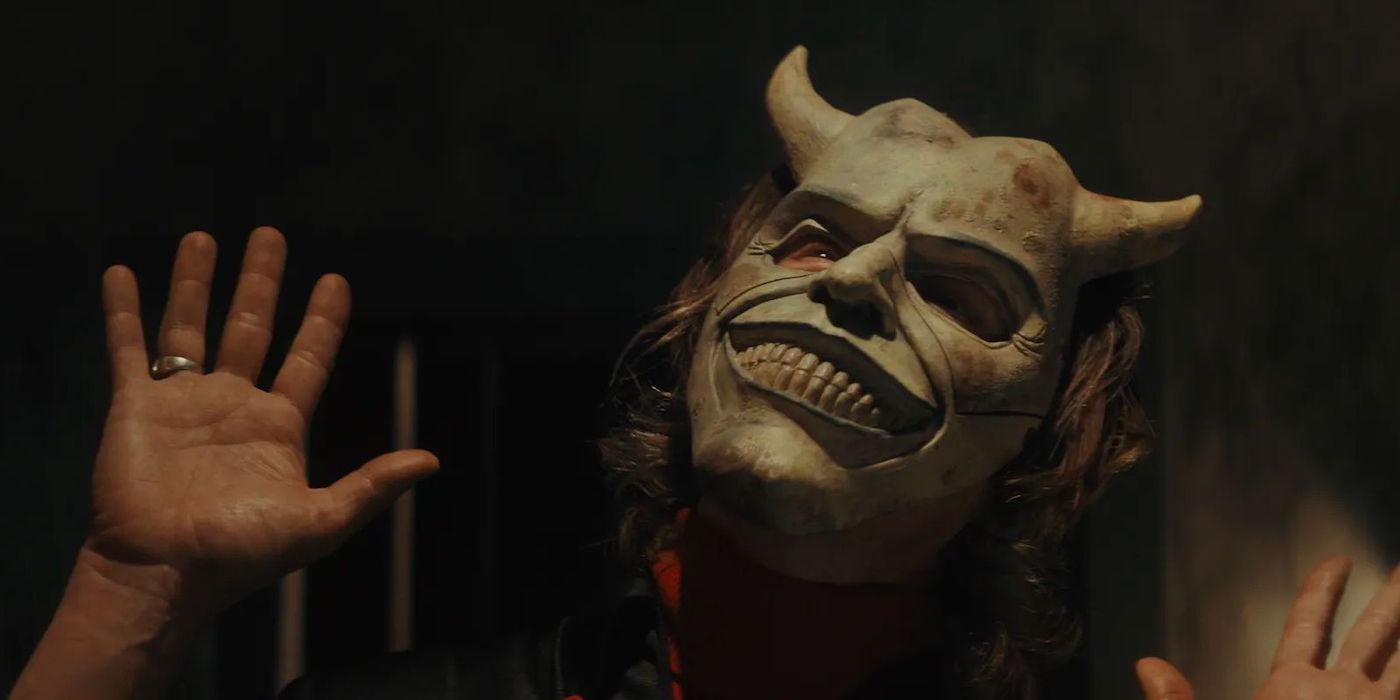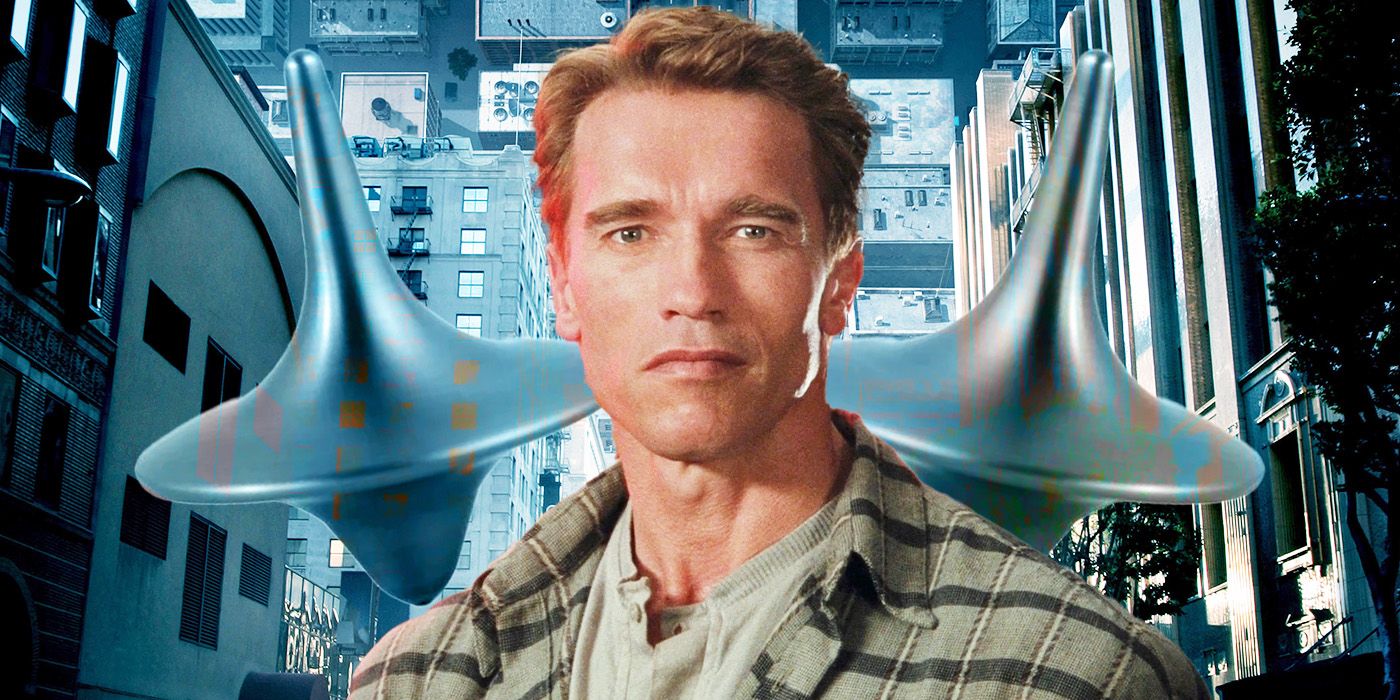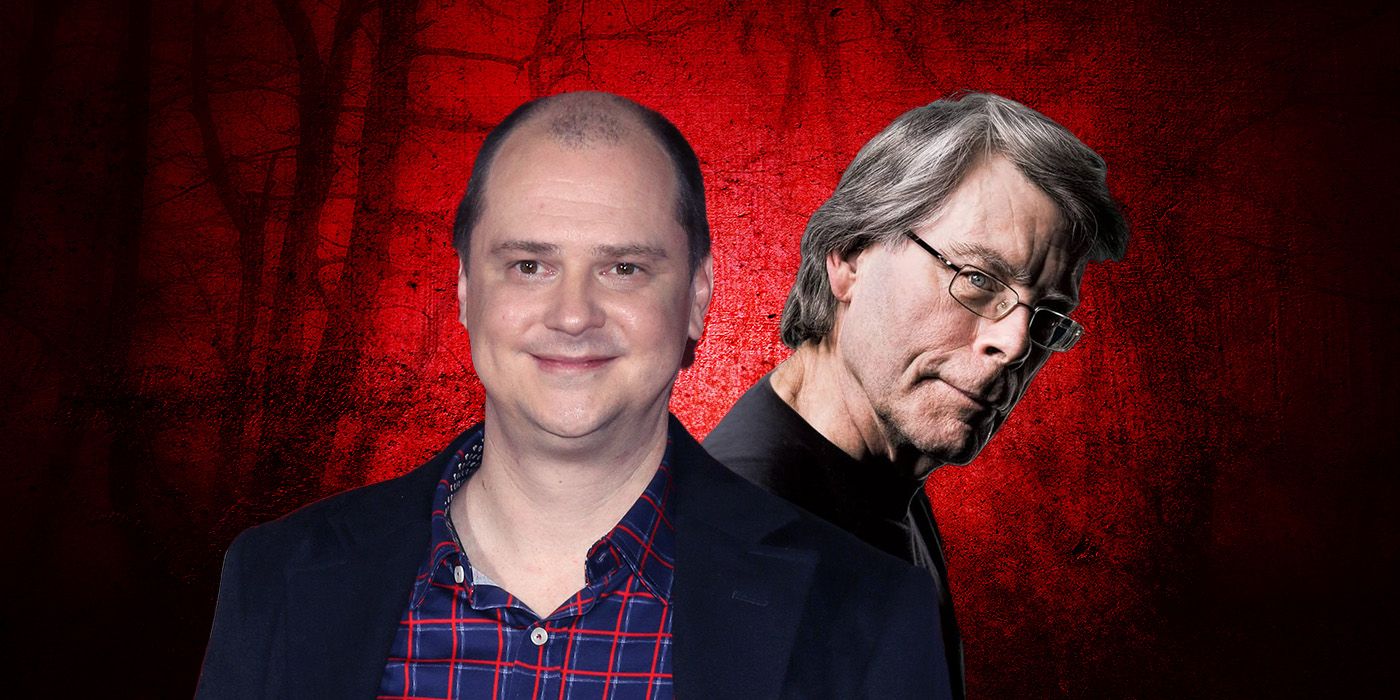The Big Picture
- Ventriloquist Edgar Bergen received a special wooden Oscar in 1937 for his comedic creation, Charlie McCarthy.
- Bergen’s career spanned live theater, radio, and film, and he appeared in 14 movies.
- The wooden Oscar is now on display at the Museum of Broadcast Communications in Chicago alongside other Bergen memorabilia.
The Academy Awards’ Oscars are the most esteemed prizes in Hollywood, with the statuette, a 1-foot-8 inch tall, 24-karat gold Adonis with a name of much debated origin, being the ultimate prize of everyone in Hollywood. While the movies may change, the Oscar itself has not… with one notable exception. It was an Oscar made of wood, with a movable mouth, handed out as an Honorary Oscar in 1937. At first glance, it seems like an odd medium to craft an Oscar out of, let alone distribute at a ceremony where every other winner gets a “normal” golden Oscar. But then, the recipient was never quite like the others, opting to work with his sidekick while entertaining millions. The recipient of the wooden Oscar was famed ventriloquist Edgar Bergen, and the special Oscar was the perfect way to celebrate his work.
Who Was Ventriloquist Edgar Bergen?
Edgar Berggren (Bergen was his stage name) was born to Swedish immigrants on February 16, 1903, in Chicago. His father passed away a short time later, leaving Edgar to help support his family by taking odd jobs. In between work, Bergen taught himself ventriloquism, and purchased an instruction book, Herrmann’s Wizzard’s Manual, to help him hone the craft (arguably one of the best 25-cent investments ever made). At the age of 15, he showed off his skills to a vaudeville performer. The performer was impressed, so much so that he gave Bergen three months of free personal ventriloquism lessons. Then, in 1922, Bergen made the fortunate decision to approach Theodore Mack, a Chicago-area woodcarver, to make a dummy based on nothing more than a sketch of an Irish newspaper boy. That dummy turned out to be Charlie McCarthy, and from then on the pair became inextricably joined together.
Bergen recalled, as mentioned in the Washington Post, that one of McCarthy’s first appearances was in a high school history class. His academic skills were lacking, but the teacher ended up passing Bergen, who claimed that the teacher said, “The world needs laughter more than another history teacher.” It was one thing to master the art of ventriloquism, but to have a flair for comedy is another, and Bergen was mastering both. Bergen was the straight man, and McCarthy was his insolent antithesis, hurling humorous insults at Bergen while wooing the women with double entendre and innuendo. It was behavior that, if spoken by a man, would surely have been censored. But from McCarthy, it was uproariously funny. Bergen and McCarthy began working on the Chautauqua vaudeville circuit. They were a hit, growing in popularity, and with that growth came larger venues and fame. Then came 1936, and the event that changed everything.
Edgar Bergen and Charlie McCarthy Took Over Movies and Radio
In 1936, Bergen appeared at a private party at the prestigious Rainbow Room in New York City, held in honor of songwriter Noel Coward. Bergen dressed McCarthy up in the garb he would be synonymous with: top hat, tails, and a monocle. The partygoers were captivated, including radio executives who booked him instantly. Bergen and McCarthy first appeared as guest stars on the Rudy Vallee Radio Show, and in 1937 were given their own radio show, The Chase and Sanborn Hour, aka The Charlie McCarthy Show, airing nationally on the NBC network. The show was a smash, and soon Bergen added other characters to the show, including the country bumpkin Mortimer Snerd in 1936, and Effie Klinker, an old maid full of sass, in 1944. During World War II they toured military hospitals in the U.S., appeared overseas with the USO, and broadcast from Army, Navy and Marine bases.
As television grew to become the prevailing broadcast medium, Bergen and his wooden friends starred in the NBC show Do You Trust Your Wife? in 1958 (according to the World Encyclopedia of Puppetry Arts, years of radio led to Bergen moving his lips on air while performing as his characters). Bergen continued performing for decades, making guest star appearances on television shows and performing in nightclubs. Sadly, Bergen died in 1978 at a Las Vegas casino where he was performing, mere days after announcing his upcoming retirement.
Edgar Bergen’s Oscar Is an Example of the Academy’s Sense of Humor
Which brings us back to the wooden Honorary Award Oscar from 1937. At the height of his fame, Bergen appeared in 14 motion pictures, including You Can’t Cheat an Honest Man, which also starred W.C. Fields, whose back-and-forth banter with McCarthy was comic perfection, and Charlie McCarthy, Detective. The uniquely crafted Oscar, as explained on the official Oscar website, was in honor of “his outstanding comedy creation, ‘Charlie McCarthy.'” Although the award celebrated his film work, it was just as much a recognition of the comic genius’ entire career: a man who conquered live theater, radio, and film with a puppet on his hand.
While his Oscar stands as the only wooden statuette, the Academy has, throughout its history, presented other unique Oscars befitting of those who received them. Walt Disney, who actually worked with Bergen in Fun and Fancy Free, was given a second Honorary Award in 1938, “for Snow White and the Seven Dwarfs, recognized as a significant screen innovation which has charmed millions and pioneered a great new entertainment field for the motion picture cartoon.” What made the award unique wasn’t the standard golden Oscar, but the accompanying seven miniature Oscars that came with it on a stepped base. Prior to both Bergen and Disney, renowned child actor Shirley Temple was presented a special miniature Oscar statuette in 1934, paying tribute to the astounding popularity she had attained in a career that had really only just begun.
Bergen’s wooden Oscar ended up at the Museum of Broadcast Communications in Chicago, on display alongside dozens of Charlie McCarthy and Edgar Bergen memorabilia: movie posters, lobby cards, toys, etc. The Museum also hosts Mortimer Snerd and Effie Klinker on permanent display with McCarthy. That McCarthy is one of three, actually, with one donated to the Smithsonian Institution by Bergen himself, and the other in the possession of magician David Copperfield. Bergen was a unique talent, and his wholly unique Oscar truly is the perfect recognition of that.




